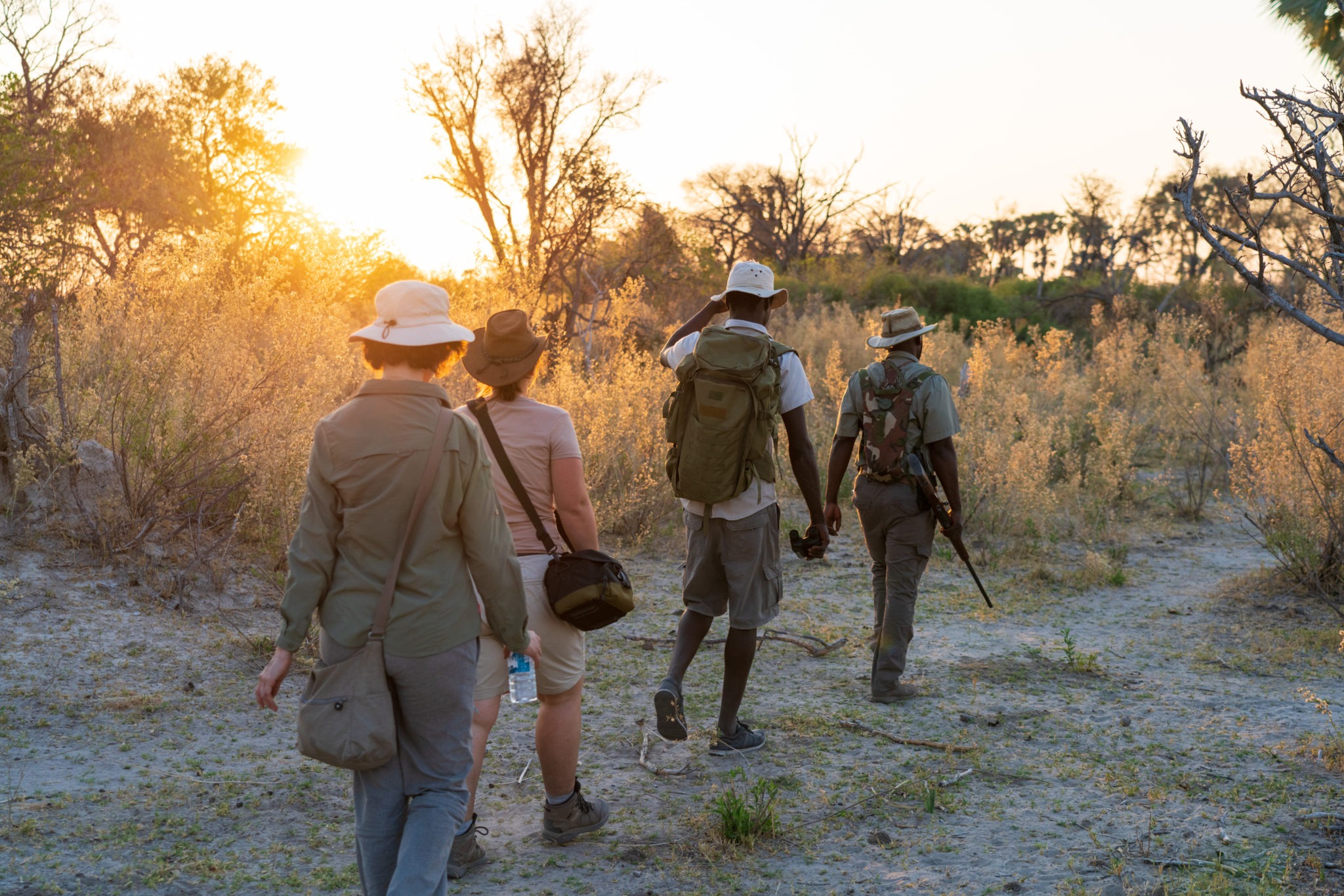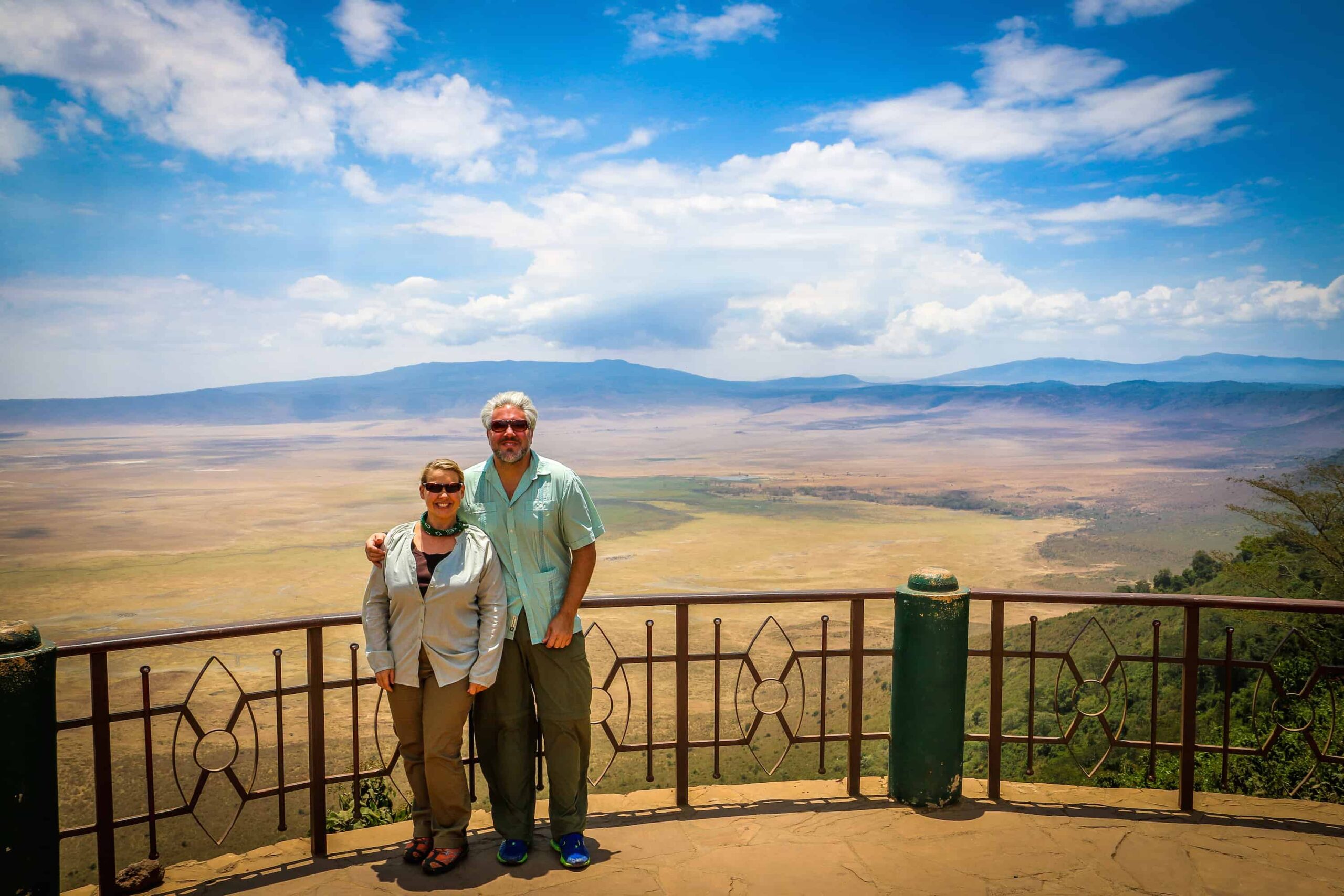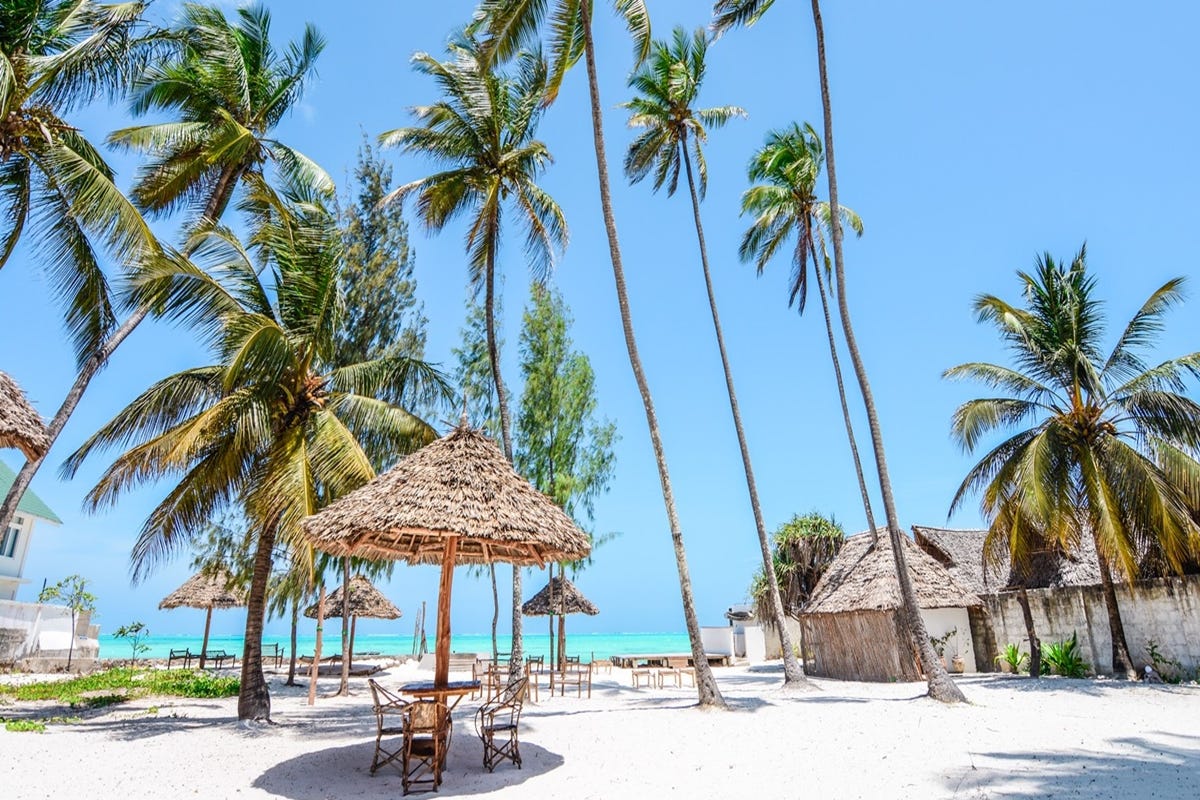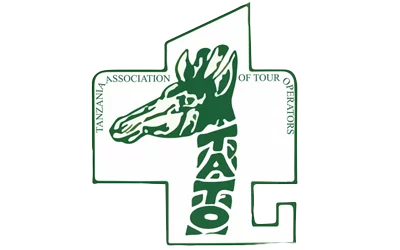An Expert Guide to Navigating Altitude Challenges
Altitude sickness on Mount Kilimanjaro can impact even the most experienced climbers. As you prepare for this thrilling adventure, understanding altitude sickness is crucial to ensure a safe and enjoyable journey.

Introduction
Exploring the magnificence of Mount Kilimanjaro is a dream for many adventure seekers. However, the altitude poses unique challenges that demand attention. Let’s delve into comprehensive insights to prepare you for this exhilarating yet challenging experience.
What is Altitude Sickness on Mount Kilimanjaro?
Altitude sickness, also known as acute mountain sickness (AMS), occurs when ascending to high altitudes too quickly, causing the body to struggle with decreased oxygen levels. On Mount Kilimanjaro, towering at approximately 19,341 feet (5,895 meters), altitude sickness becomes a prevalent concern.
Understanding Altitude Effects
At high altitudes, the air pressure drops, leading to lower oxygen levels. This reduction in oxygen triggers various symptoms such as headaches, nausea, fatigue, and dizziness. The severity of symptoms varies among individuals, making it imperative to recognize the signs promptly.
Types of Altitude Sickness
Altitude sickness encompasses various forms, including AMS, high-altitude pulmonary edema (HAPE), and high-altitude cerebral edema (HACE). Each presents distinct symptoms and complications, demanding specific attention and care.
Recognizing Symptoms
Identifying symptoms early is crucial. Headaches, insomnia, loss of appetite, and nausea are common signs of AMS. HAPE manifests through shortness of breath, coughing, and chest tightness. On the other hand, HACE symptoms include confusion, clumsiness, and hallucinations.
Preventing Altitude Sickness
Prioritize gradual acclimatization by planning extended stays at different altitudes during the climb. Staying hydrated, avoiding alcohol, and maintaining a balanced diet rich in carbohydrates can aid in minimizing altitude-related risks.
Managing Altitude Challenges
In the event of experiencing symptoms, it’s vital to communicate with your guide immediately. Descending to lower altitudes, resting, and receiving proper medical attention are crucial steps in managing altitude sickness.
Altitude Sickness on Mount Kilimanjaro
The unique terrain and altitude variations of Mount Kilimanjaro intensify the risk of altitude sickness. Understanding the mountain’s diverse climate zones and their impact on your body is essential for a safe ascent.
FAQs
- What is the best way to acclimatize on Mount Kilimanjaro? Gradual ascent with planned rest days and hydration aids acclimatization.
- Are there medications to prevent altitude sickness? Acetazolamide is commonly used to prevent and reduce symptoms.
- Is altitude sickness fatal? While rare, severe cases of altitude sickness can be life-threatening without prompt treatment.
- Can anyone climb Mount Kilimanjaro? Proper preparation and fitness levels are essential, but age and gender aren’t barriers.
- How long does it take to recover from altitude sickness? Symptoms typically subside within 24 to 72 hours upon descent to lower altitudes.
- Are there altitude sickness risks for experienced climbers? Even experienced climbers are susceptible; prior experience doesn’t guarantee immunity.
Conclusion
Altitude sickness on Mount Kilimanjaro demands respect and preparation. Understanding its risks, symptoms, and preventive measures is key to a successful ascent. Embrace this adventure with cautious optimism, prioritize safety, and cherish every moment atop Africa’s tallest peak.
You can book your Kilimanjaro trek by filling the form below and submit your request. Our tour consultant will get back to you shortly with a Kilimanjaro quote proposal. Also see what other customers say about Safari Nuggets on TripAdvisor. Read our Kilimanjaro FAQs.









